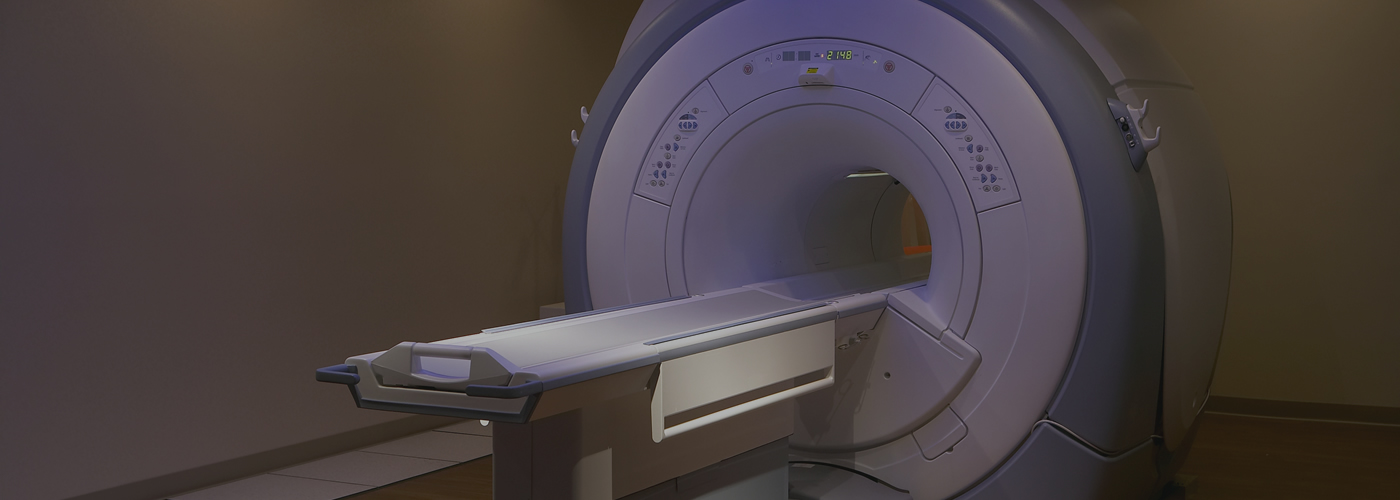| Categories: MRI Machine | Author: Resonant Healthcare Imaging Solutions | 0

Thanks to evolving MRI technology, today’s commercial high-field MRI systems offer stronger magnetic fields, more advanced features, and better-quality images than ever before. Although high-field MRI systems have many advantages and are a popular choice, they are not necessarily right for every MRI facility.
Some MRI facilities may be tempted to opt for the most advanced MRI system, with the highest possible field strength it can afford, but this approach may lead to overspending on unnecessary features and capabilities. Having a clear understanding of high-field MRI systems can help guide your research, inform your purchasing decisions, and ensure that your facility finds an MRI system that fits its needs.
MRI systems come in a range of magnetic field strengths, from 0.2 to 7.0 Tesla (T). Although there is some disagreement within the industry about the exact field strength that classifies an MRI system as high-field, high-field MRI systems typically have a field strength of 1.5 T to 3.0 T. However, some research facilities use specialized MRI systems that have a field strength of more than 11.0 T to perform human imaging.
High-field MRI systems have more powerful magnets than low-field MRI systems and some benefits, including:
1. They produce detailed images of small areas.
High-field MRI systems often are used to image small areas of the body, such as the brain. The stronger signals create clearer, easier-to-read scans with a high level of detail, which can lead to a more accurate diagnosis. Higher quality images also reduce the likelihood that a patient will need a repeat scan to achieve the desired image clarity.
Although high-field MRI systems can be used for general MR imaging, like many musculoskeletal scans, they can also be used to provide detailed scans in specialty areas including cardiology and neurology.
2. They are cutting-edge.
High-field MRI systems often offer more advanced features and capabilities than low-field MRI systems and allow for the use of more advanced imaging techniques. For example, some high-field MRI systems have technology that reduces the effect of patient motion on image quality.
3. They are faster.
Some high-field MRI systems can complete scans up to two times faster than low-field MRI machines. Faster scan times with high-field MRIs means that busy imaging centers can accommodate a higher number of patients in a day, which can boost a facility’s bottom line. Also, shorter scan times mean that patients do not have to hold still for long periods of time, which reduces the chances of blurred images due to patient movement and improves patient comfort.
4. They offer new comfort features.
Although most high-field MRI systems have the traditional ‘tube’ construction, newer scanners have anxiety- and claustrophobia-reducing features such as flared ends, shorter / wider tubes, mirrors, and improved ventilation and lighting.
Open MRI systems are being manufactured with increasingly high field strengths to better serve larger patients or patients who are fearful of enclosed spaces, but typically top out at a field strength of 1.2 T.
5. They may meet accreditation requirements more easily.
Some insurers, including Medicare, require that MRI facilities obtain MRI accreditation before receiving reimbursement. As part of the accreditation process, MRI facilities are required to submit images that are assessed for quality by the accreditation organization.
Although it is certainly possible to obtain MRI accreditation with a low-field system, it may be easier to meet image quality requirements with a high-field system. That’s because high-field MRI systems are more powerful and produce clearer, more detailed scans.
Although high-field MRIs provide clear images and offer a range of advanced features, they may not be the right choice for your facility. Why?
1. They are expensive.
High-field magnets are, on average, two to three times more expensive than their low-field counterparts. For new facilities or facilities that are adding a new MRI service line, the higher cost of a high-field MRI system can be a significant budgetary barrier. Choosing a more expensive high-field MRI system also means that it will take longer to recoup the investment, which could potentially expose the facility to increased financial risk.
2. They take up a lot of space.
When compared to open or extremity MRI systems, high-field MRI systems have a large footprint. Although newer designs are becoming more streamlined and may have a shorter tube, your facility should carefully consider any renovations and construction costs that may be required to accommodate a high-field MRI system.
3. They can be overkill.
Although high-field MRI systems have advanced features and can perform highly detailed scans, it may not be worth the extra cost if your facility has little need for these cutting-edge capabilities. For example, if your facility primarily performs musculoskeletal scans, it may not make financial sense to invest in a high-field MRI system, unless you are trying to expand your MRI services to attract new patients.
While a high-field MRI system is a powerful, versatile piece of imaging equipment, because of its higher price tag and advanced capabilities, it’s especially important to make sure that it’s the right choice for your facility.
If you’re thinking about acquiring a high-field MRI system, you should talk to a third-party MRI acquisition consultant to help you weigh the pros and cons. After learning about your facility’s MRI service line, long-term plans, and budget, your third-party MRI acquisition consultant will help your facility find an MRI system that will address its current needs and future goals.
For more information on MRI acquisition or to speak with a Resonant MRI expert, call 877.938.5665 or contact us. We’re here to help.
Be the first to leave a comment.